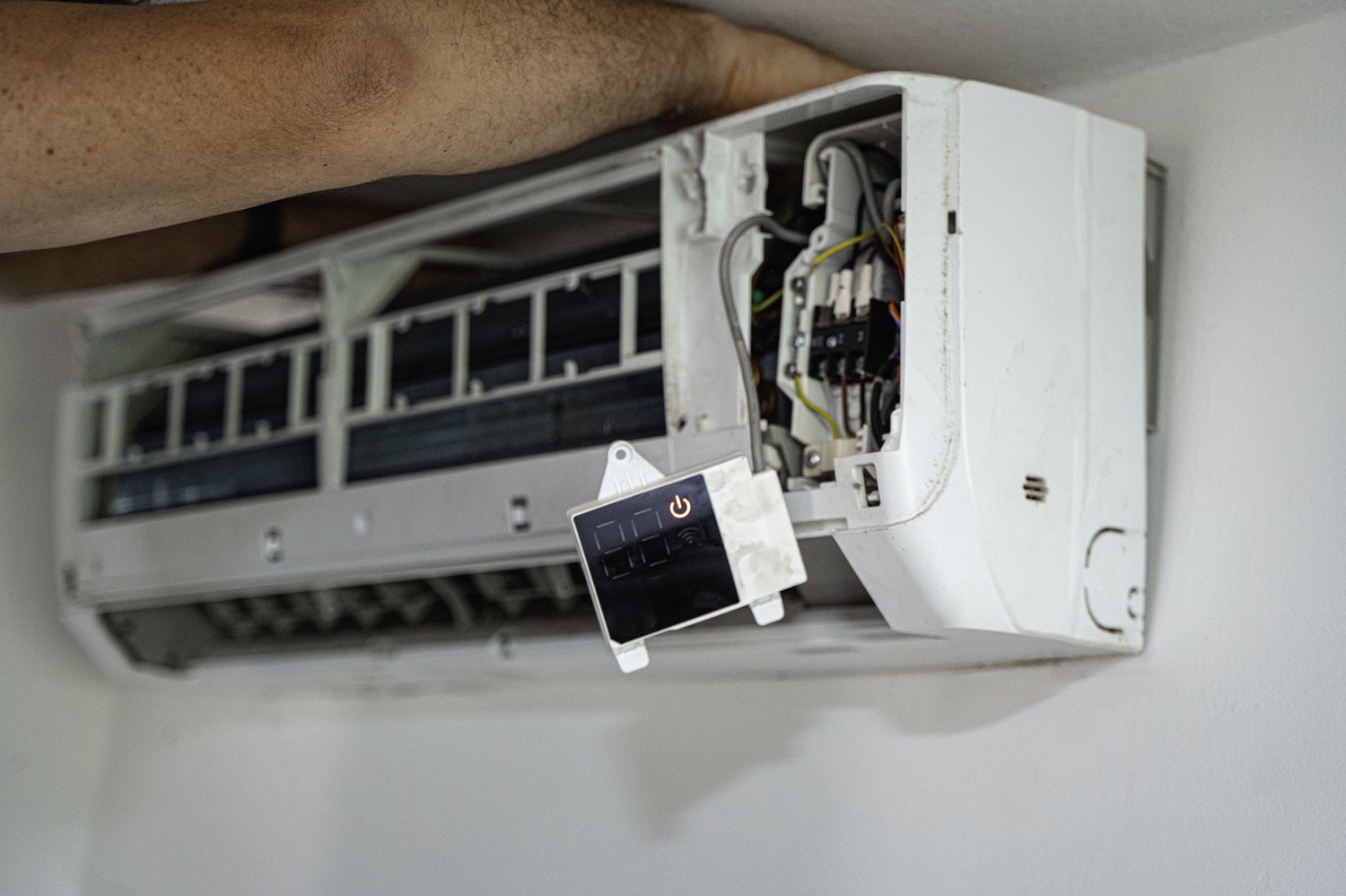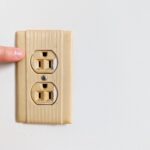On a sweltering day, nothing can be more frustrating than an air conditioner that refuses to start. Whether it’s a minor glitch or a sign of something more serious, understanding why your air conditioner won’t turn on is crucial. This article delves into the emergency diagnosis steps to help you identify and resolve the issue swiftly, ensuring your comfort isn’t compromised any longer.
- Initial diagnosis steps: Learn the primary reasons your air conditioner might not start, including power supply concerns and thermostat issues, saving you time and determining if professional help is necessary.
- Power and thermostat troubleshooting: Discover simple checks for power and thermostat settings that could be the root of the problem, ensuring you haven’t overlooked the basics.
- Advanced diagnosis for persistent issues: Explore in-depth troubleshooting for more complex problems like capacitor failures and filter obstructions to tackle stubborn problems.
Tackling the problem of a non-functional air conditioner doesn’t have to be daunting. With the guidance provided in this article, you’ll be well-equipped to diagnose and potentially fix common issues, or make informed decisions about when to contact a professional for assistance.
Understanding Why Won’t My Air Conditioner Turn On: Initial Emergency Diagnosis Steps
When facing the frustration of an air conditioner not turning on, it is crucial to start with basic diagnostic steps. The primary factors to consider include power supply issues, thermostat malfunctions, and simple mechanical errors. Identifying these common reasons can significantly streamline the troubleshooting process.
Often, a non-responsive air conditioning unit can be linked to a power problem. Ensuring that your unit is receiving electricity is a vital first step. Additionally, thermostat settings may be the root cause of the issue; even slight adjustments can have a significant impact on functionality.
By methodically examining these initial aspects, you can save time and potentially avoid the need for costly professional repair services. Knowing where to direct your efforts will not only provide immediate relief but also prepare you for more complex diagnostics if needed.
Power Supply and Thermostat Checks
Examine the power sources as they play a critical role when your air conditioner won’t start. A blown fuse or a tripped circuit breaker could be the simplest resolution to the problem. Checking your home’s electrical panel for any issues is a good starting point.
The thermostat settings are another area to investigate. Ensure that the thermostat is set to a temperature lower than the current room temperature. Make sure the display is functioning correctly and replace the batteries if necessary.
If you’re dealing with an unresponsive thermostat, a manual reset or reviewing the manufacturer’s troubleshooting guide might be necessary. Correcting these issues can often restore functionality quickly and without the need for professional intervention.
Advanced Why Won’t My Air Conditioner Turn On: Emergency Diagnosis Steps for Persistent Issues
If your air conditioner still refuses to turn on after initial checks, it’s time to dive deeper into more complex diagnostic steps. It’s crucial to understand these advanced troubleshooting techniques as they can save you from a sweltering summer day and reduce the need for immediate professional intervention.
One of the first areas to explore is the capacitors. Capacitors play a vital role in starting the compressor and fan motors. A failed capacitor could be the reason your air conditioning unit won’t start. You can visually inspect capacitors for signs of bulging or leaks which indicate failure. If you identify a faulty capacitor, replacing it can restore functionality.
Another critical component to inspect is the filters. Air filters can become clogged with dust and debris, restricting airflow and causing the air conditioner to malfunction. Ensuring your air filters are clean and replacing them regularly can prevent this issue from arising. A clear filter allows for better air circulation and can significantly impact the overall performance of your air conditioning unit.
The air conditioning unit itself may also require close examination. Check the outdoor unit for debris or vegetation that might be obstructing airflow. Clearing any blockages and ensuring the unit is level can aid in efficient operation.
These advanced diagnostic steps can address common persistent issues that prevent your air conditioner from turning on. However, if these measures do not resolve the problem, it’s prudent to consider consulting with an HVAC professional. They can offer a more thorough inspection and remedy any intricate mechanical failures that might be beyond typical DIY capabilities.
Emergency Air Conditioner Troubleshooting FAQ
Why is my air conditioner not turning on?
Check the power supply and thermostat settings. Ensure no blown fuses or tripped circuit breakers.
What should I do if my circuit breaker keeps tripping?
If your circuit breaker trips repeatedly, it might indicate an electrical issue. Consider consulting a professional electrician.
How can I check if my thermostat is causing the issue?
Verify that the thermostat is set to the correct mode and temperature. Replace the batteries if needed.
What components should I inspect for persistent issues?
Examine capacitors, filters, and internal units for signs of damage or malfunction.
When should I call a professional?
If basic troubleshooting doesn’t resolve the issue, or if there are complex faults, contact an HVAC technician.





